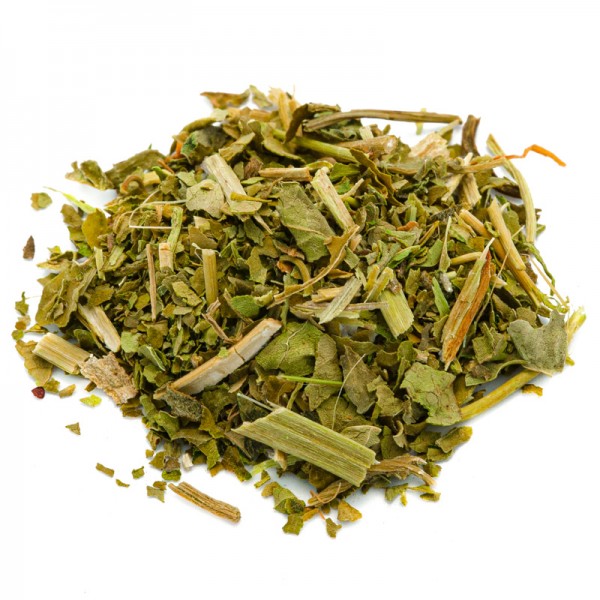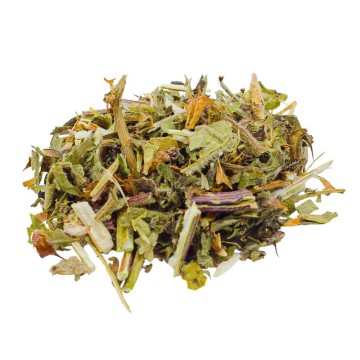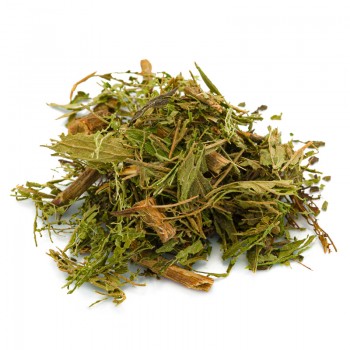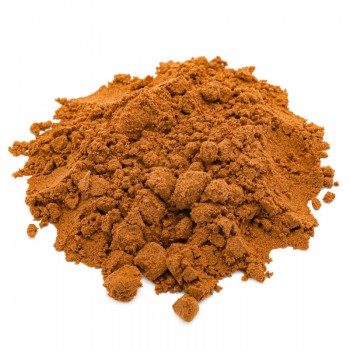The Galega officinalis , is used in phytotherapy to treat various ailments and as a tonic . It is a plant of which the entire top is used.
The presence of some plant compounds in the galega, in fact, is responsible for its health effects historically used for breastfeeding, the reduction of blood sugar and as a natural anti-inflammatory.
Galega: properties and benefits
The best known of the properties of the galega is its ability to provide support in reducing blood sugar.
Since the early twentieth century, in fact, this plant has been studied and used in the treatment of diabetes, after its active component, the galegin, has been identified.
It is a substance that helps lower blood glucose levels, and acts similar to guanidine derivatives, used in some drugs useful in diabetic treatment.
Other alkaloids, which induce a possible hypoglycemic effect, are guanidine, galagine, hydroxygalegin and galuteolin. In addition to the presence of saponin and tannic substances.
The compounds present in this medicinal plant, galley in particular, act on the endocrine pancreas, promoting the release of insulin - the hormone that helps control the level of glucose in the blood . In addition, its properties facilitate the transport of glucose into cells and tissues, reducing excess glucose in the blood.
The Galega, therefore, can be used in cases of slightly high blood sugar, for those in a situation of insulin-resistant diabetes. Furthermore, it can be associated with insulin, to facilitate the metabolism of sugars and correctly activate the metabolism of fats and lipids.
Other elements of the galega, useful for our well-being are rutin, which acts as an antioxidant to protect cells, and manganese which helps in the metabolism of fats and guarantees a correct functioning of hormones, together with chromium salts.
These are beneficial processes for those who want to lose weight, avoiding the accumulation of fat in the body.
The second characteristic for which the galega plant is famous is its action as a natural galactogen or galactogogue. In practice, the phytoestrogens present in the plant can favor the production of milk from the female breast.
In the top of the galley there are flavonoids (triglycosides, flavonol, quercetin, kaempferol) which can regulate the natural production of female hormones, in addition to cumestane derivatives and saponins that stimulate prolactin.
These plant chemicals mimic the action of estrogen, they bind to the estrogen receptors themselves; increase the volume of the breasts and the concentration of prolactin - the hormone responsible for the secretion of breast milk. In addition, the plant could facilitate the nutrition of the mammary gland, promoting circulation and oxygenation of the tissues.
The diuretic action is also remarkable in the galley, facilitating detoxification and elimination of toxins from the body.
Historically, galega was also considered a natural anti-inflammatory agent, and supported the well-being of our body, helping to reduce blood pressure and LDL cholesterol - harmful to the health of the system cardiovascular.
Origins and History of cultivation
Galega officinalis is native to the temperate zones of the Middle East, but soon spread to Europe and western Asia. To date it has also spread to South America, North Africa, Pakistan, India and New Zealand.
For several centuries, the galega has been cultivated as an ornamental plant and as a fodder; although it can be poisonous to some mammals, it is excellent as a food for insects - it is in fact a plant for bees.
The name Galega comes from the Greek word gala, which means milk and aghein which means to make. The plant, in fact, was historically used as a galactogen (to increase milk production) for domestic animals.
Among the ancient populations, in fact, the galeva was known as the goat route, and found a wide phyto-therapeutic use against fevers, including quelle in times of plague. In fact, in German it is also called pestilenzkraut - plague herb.
Its taste is bitter and astringent, and all the tops or aerial parts, flowering stem, seeds and leaves of the plant are used.
The leaves can be cooked like spinach , while the herb can be used as a substitute for rennet in the coagulation of vegetable milk.
Plant and flowers
Galega officinalis is a herbaceous plant of the Fabaceae ⁄ Leguminosae, which can grow up to about 2 meters in height.
It has a deep root, a cylindrical stem and bright green leaves, each made up of several lanceolate leaves of about 2-5 cm.
It blooms from June to July, with white and bluish (or purplish) flowers. The fruit is a narrow, smooth pod and contains up to 9 seeds, shaped like a bean.
Nutritional values of Galega
This plant contains various alkaloids, substances such as galegin, galagine, guanidine, hydroxygalegina, galuteolin. Furthermore, it makes available in the flowers flavonic derivatives, saponins, tannins, chromium salts, arginine, pipecolic acid.
Contains traces of vitamin C in the leaves (ascorbic acid), iron, copper and zinc .
How to use the tips of Galega Italico in the herbal tea
The galega infusion is obtained by inserting in a cup (250 ml), about 3-5 grams of the tops in herbal tea cut, with water 100 ° C.
Leave to infuse for 5 to 8 minutes, before drinking the herbal tea.
Add honey or sugar if desired.
Galega: side effects and contraindications
This plant is safe when harvested before flowering, as it exhibits a different toxicity depending on the harvest period, due to the variability in the chemical composition.
It is not recommended to take it for prolonged periods i, since high doses of the plant can cause intoxication.
Furthermore, interactions with oral antidiabetic drugs are possible, to enhance the effects but it is advisable to consult a specialist, also to avoid hypoglycemic conditions.
Caution is required during pregnancy and breastfeeding.
![]()











 No reward points for this product.
No reward points for this product.















